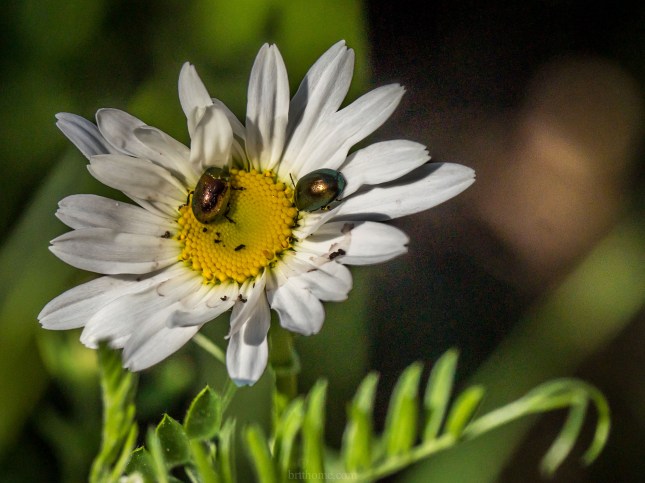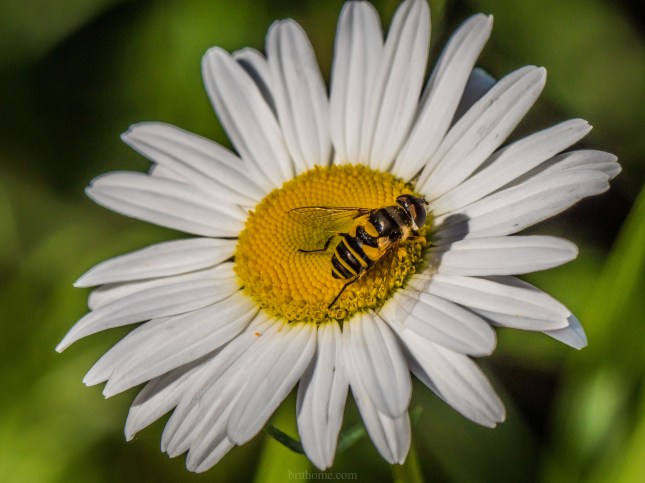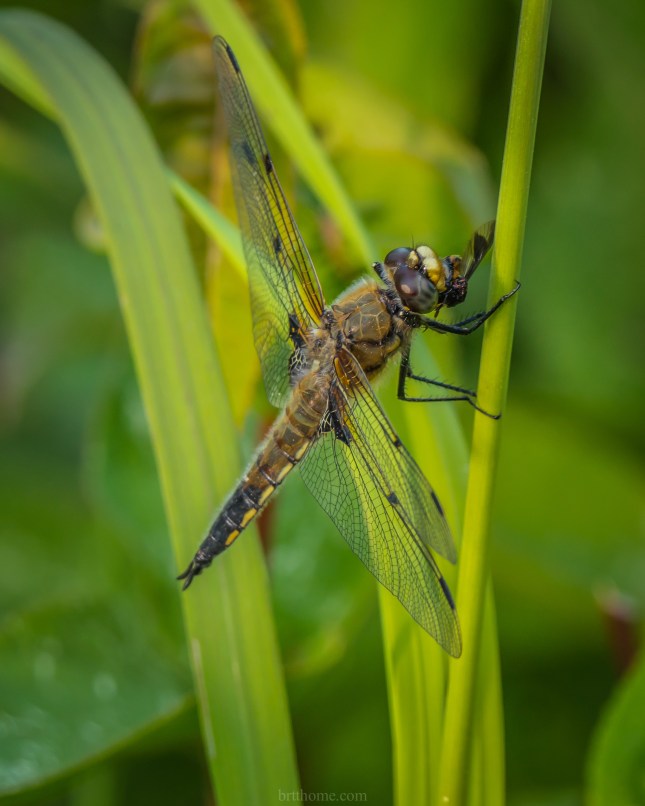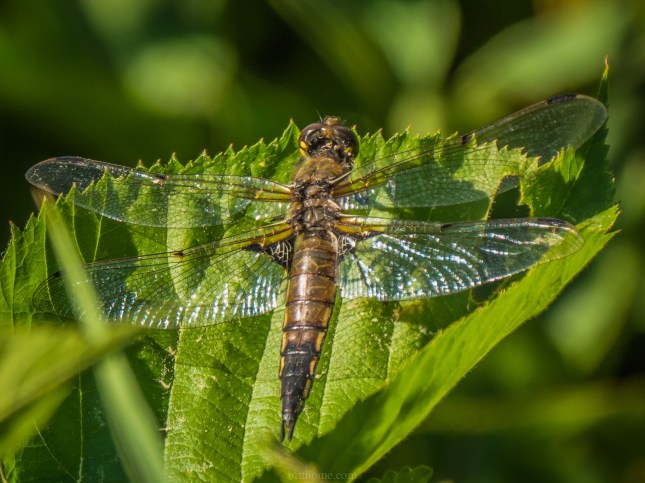Here are some Lepidoptera, blooms and Odonata from July03 to July10… (Click on the images of interest to zoom in for the details.)
This pair of Bluets are in the “in tandem” position before they form the “wheel” or “heart” position. In this case another Bluet came by and this pair flew off “in tandem”.
Northern Crescents were nectaring on most of the wildflowers, especially oxeye daisies and dogbane.
It appears that Rick Cavasin would say that this Northern Crescent is female… Those almost white patches on the mid-forewing are not commonly seen. IT MIGHT ALSO BE A TAWNY CRESCENT near the northern limit of its range.
This Dot-tailed Whiteface is looking for its next meal…
My first Northern Pearly Eye I haven’t seen another one since this one photographed on July 4th….
This yearling is hoping that the dragonflies will start buzzing around to clear the deerflies on its face…
This looks like a Frosted Whiteface….
Is this dragonfly depositing eggs?
Another Frosted Whiteface?
A nice Nymphaea odorata, “also known as the American white waterlily, fragrant water-lily, beaver root, fragrant white water lily, white water lily, sweet-scented white water lily, and sweet-scented water lily”…
“The flowers open each day and close again each night and are very fragrant. Once the flowers are pollinated, the developing fruit is pulled back under water for maturation.“…
This looks like another Frosted Whiteface …
Looks like an Acadian Hairstreak to me …
A very nice (unidentified) dragonfly…
The white dots indicate that this is a FEMALE Ebony Jewelwing Damselfly
A Flower Crab Spider waiting to ambush some prey. Click on the image to see 4 of its 6 eyes …
But this hoverfly stays just out of range…
I am not at all sure what is going on here! Perhaps a ménage à trois Odonata style …
Four-spotted Skimmer in its usual perched position…
This butterfly was well camouflaged against this rock face along the Burwash Road…
I was lucky to get a dorsal view to identify this butterfly as a Compton Tortoiseshell. It is another butterfly that will overwinter (sometimes in groups) in our area as an adult (In addition to the Mourning Cloak). Notice its huge range in Northern North America….
I saw this Killdeer from the road entering Burwash. Its chicks had fled to the safety of a clump of bush by the time I stopped. Click on the image to see the beautiful feathering of this bird…
Dot-tailed Whiteface perched on the remnants of a Yellow Goatsbeard seed stalk.
This little Grass Skipper might be laying eggs in the seed head of that grass.
Another Skipper is nectaring from a Red Clover. It could be a Garita Skipperling, which is has been reported from Manitoulin Island. This photo was made at Burwash, an abandoned industrial (farm) prison.
A grass skipper nectaring on Dianthus at Burwash.
A male Monarch enjoying nectar with a friend on a Common Milkweed plant.
Here a Skipper and a bee enjoying nectar on a Birdsfoot Trefoil…
I am not sure what is happening here with these two Four-spotted Skimmers. I suspect that they are competing for that perch …
This might be a Virginian Tiger Moth or Yellow Woolybear Moth Spilosoma virginica crawling along the stems of dogbane.
Lots is going on in July in the Northern Temperate zones.
Meanwhile this adventure took place in Australia at the end of August.















































































































































































